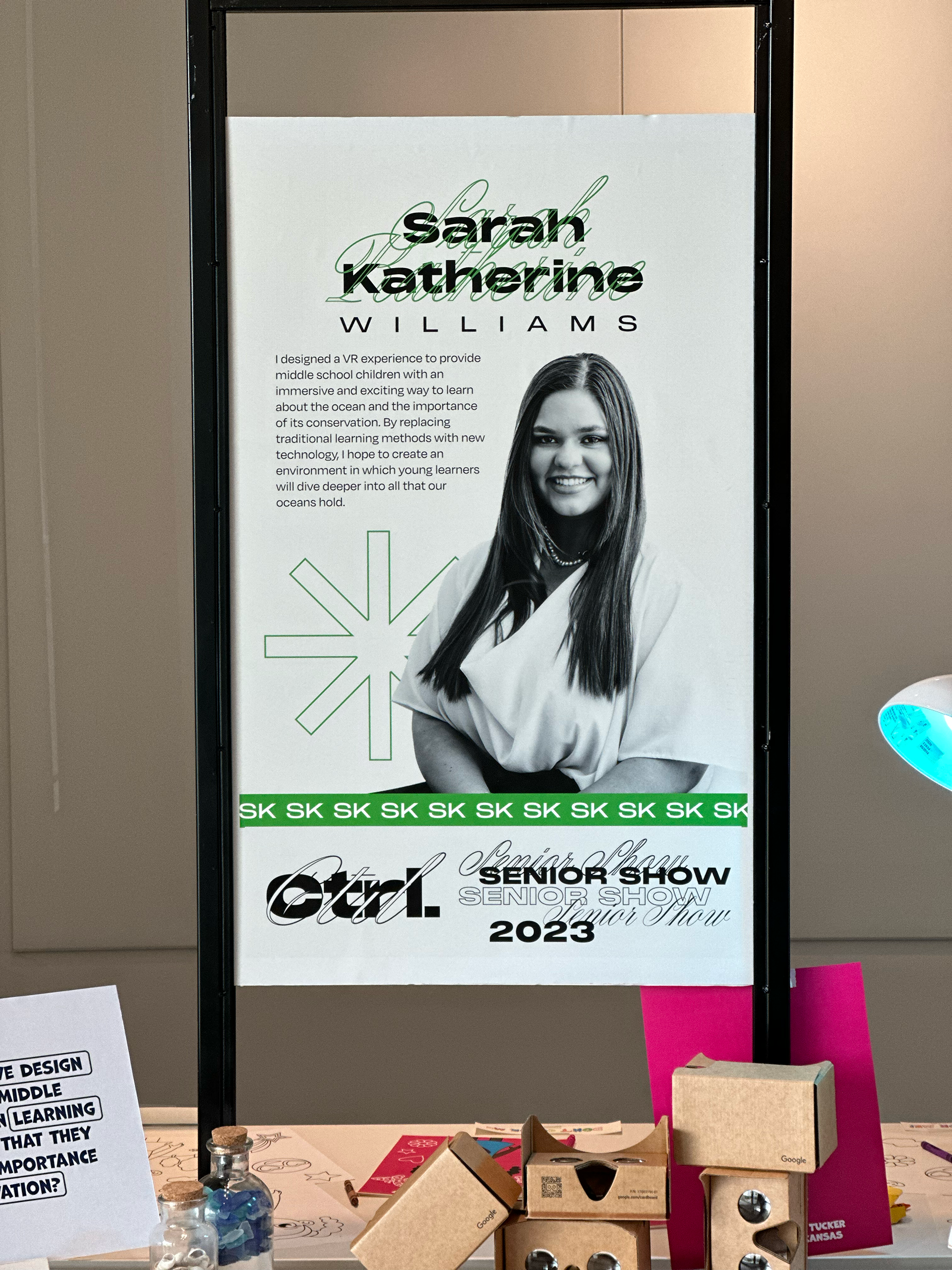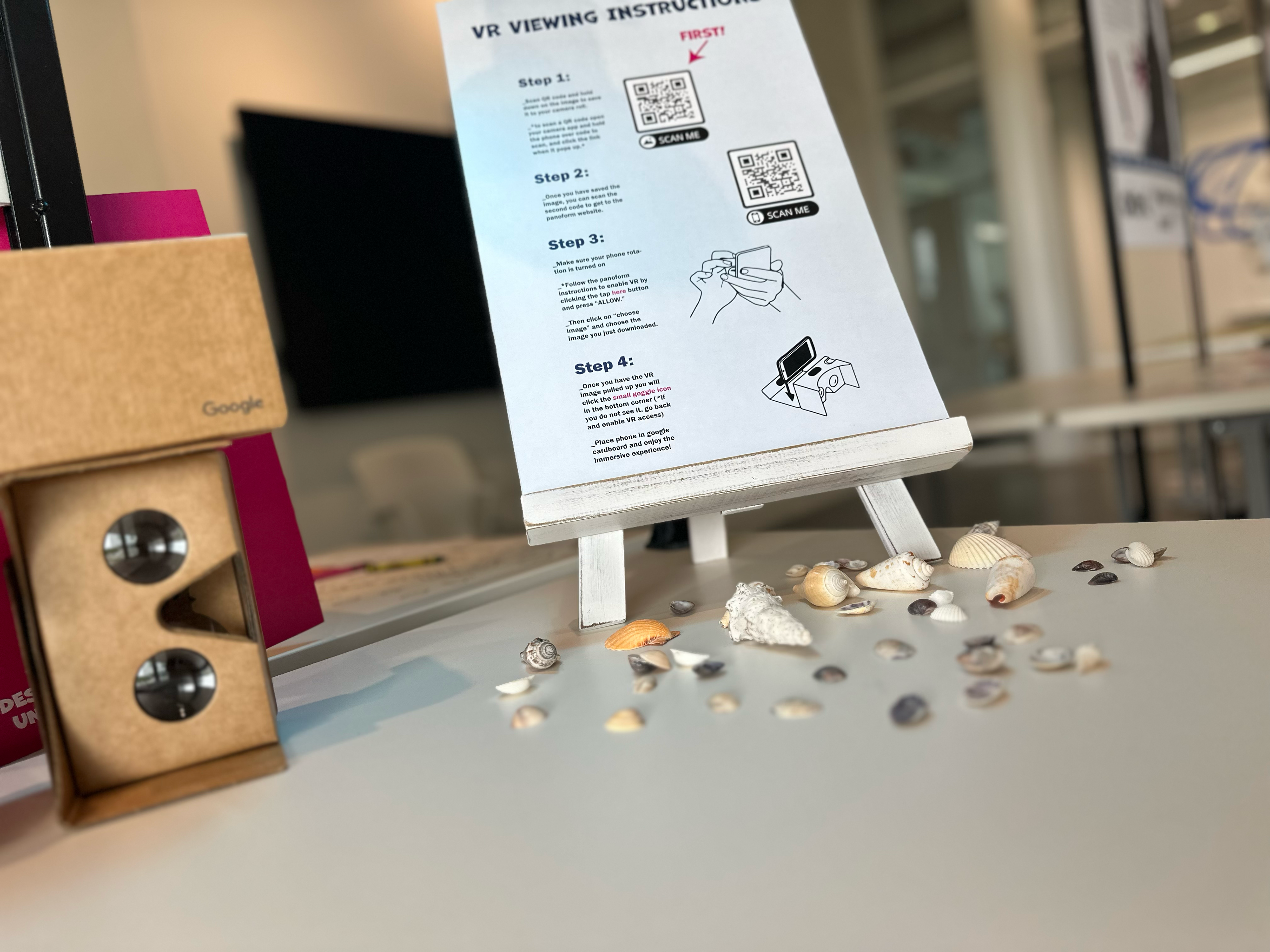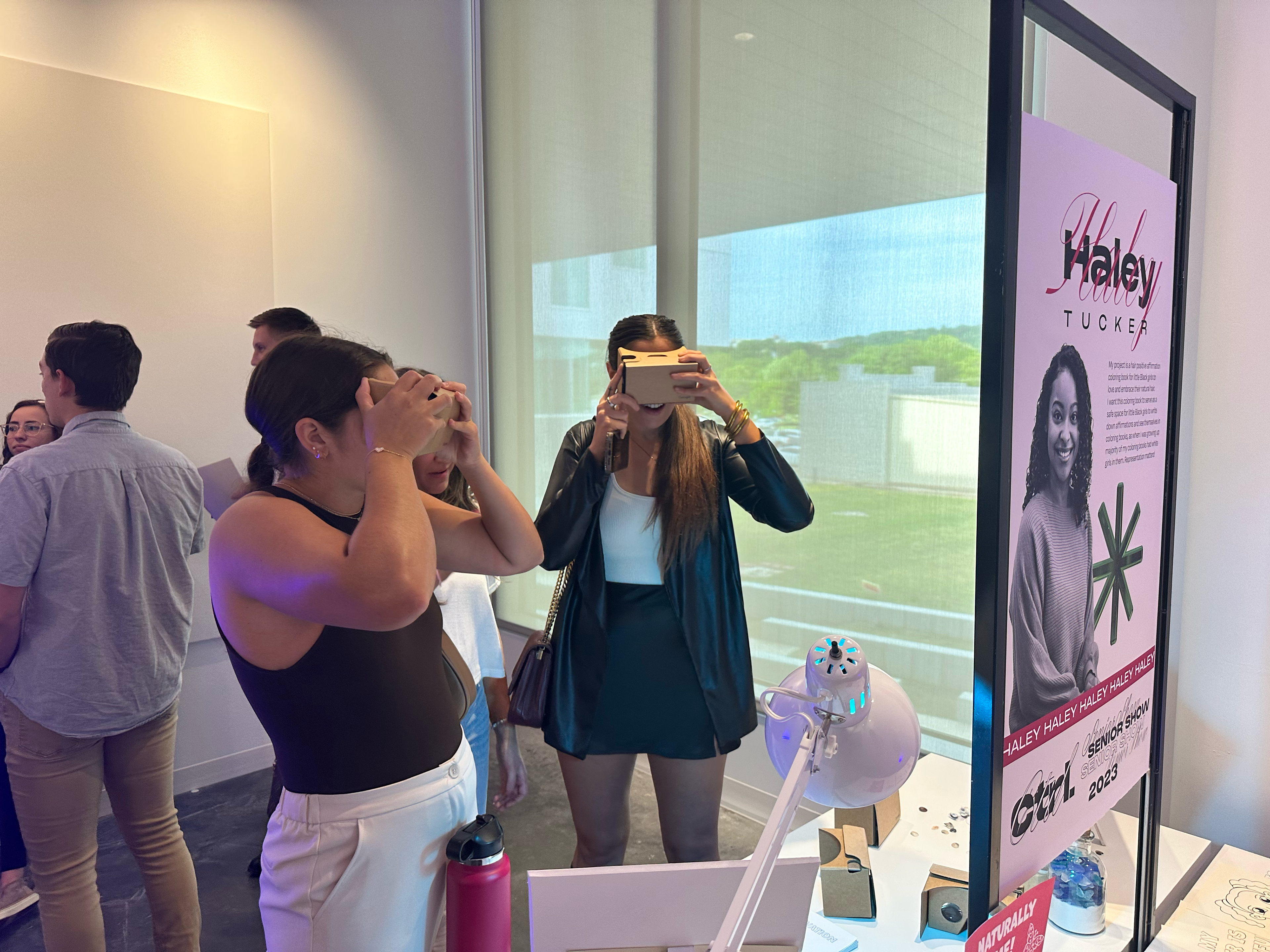Ocean conservation is an important topic often overlooked in middle school education. The curriculum touches on it briefly and only allows the students to grasp its importance partially. The ocean makes up seventy-one percent of our earth and holds over ninety-five percent of the earth’s water. Our oceans are the most critical environment on earth that aids in sustaining life. Ocean conservation must be a crucial part of the educational system so that generations of youth will continue to be passionate about it and help save the lives on earth. The proposed audience for this project includes middle school-aged children and middle school science teachers. Throughout recent years technology has been used more and more inside classrooms across the world, and my deliverable is catered towards using experimental technology, such as virtual reality, to make an educational tool that is exciting and informative. This semester, I have implemented various research methods to gather knowledge and expertise on approaching this issue. These methods included secondary research with articles, books, and documentaries; primary research with surveys and interviews; and design research to create a well-rounded deliverable. Through my research, I learned about the specific needs within the educational system and how technology can be used as a tool in the classroom. Virtual reality is an immersive tool that is often associated with entertainment. However, when combined with education, it can be a highly responsive tool to engage students in the content.









Through my research, I studied how technology is used in the classroom and how ocean-related content is brought to middle school students, specifically in Fayetteville, Arkansas. As technology continues to grow and children are being introduced to it at younger ages, it is imperative that designers are conscious of this fact and that we design for the future. Based on my research, virtual reality is a justified mode of delivery for ocean-related content and all content in the classroom. Many children are interested in more technology-based learning tools and interactive and immersive video games. Therefore this virtual reality ocean conservation experience is the best solution to the problem. Children are often drawn to intriguing visuals and colors, so the bright colors and fully immersive environment will help hold their attention while offering small amounts of text for them to read and comprehend the content quickly.
The virtual reality design was created using an equirectangular grid. This grid allowed me to design a 3D environment on a flat 2D screen and convert it into a three-dimensional three-hundred-sixty-degree view. On-screen, it may not look like much, and it may look dull or strange, but through virtual reality, you can experience seeing it come to life.
My research question states, “How might interactive design be used to support children in learning about the oceans so that they understand the dire importance of ocean conservation.” I have stayed true to my research question this semester and gathered extensive knowledge on the oceans, technology, education, children, and digital educational tools. With designing in the future, for the future being at the forefront of my mind during this project, I have managed to create a deliverable that not only designs for the future generations of youth but also for the future of technology. With virtual reality being so new, it was not the most straightforward project to take on, but at the end of it all, I am proud of this design and that I took a risk and did something entirely new for me for my final degree project. I plan to continue working on this project as technology continues to grow and improve. My vision for the ocean conservation virtual reality experience has only just begun, and this is just the start.











